
Training & Regulations
UK Drone Registration Theory Test Guide
UK drone users need to sit a theory test as part of new UK registration scheme.

UK drone users need to sit the competency test, as part of the UK drone registration scheme;
The number of theory test questions is 40;
The pass mark is 30;
The test focuses on safety and how to fly legally;
Find out about the UK drone registration fee, how to sticker your drone and which drones need to be registered.
Drone users in the UK must pass a free online theory test before flying their aircraft.
The theory exam - part of the UK drone registration process - comprises of 40 multiple-choice questions, and pilots scoring higher the pass mark of 30 can proceed to register for an operator and flyer ID from the CAA.
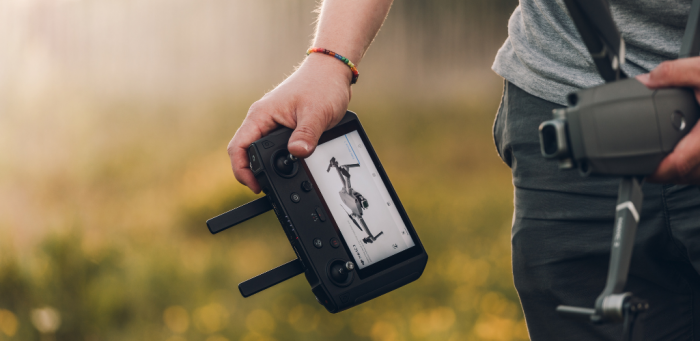
Allow 30 minutes to sit the exam, although participants can take as long as they like - as long as they are not inactive for more than 90 minutes.
Upon successful completion, receive a Flyer ID, which will now be valid for five years, instead of the original duration of three years.
After December 2020, the majority of pilots who passed the original 20-question exam will not need to re-do the longer version until their Flyer ID expires.
However, remote pilots who are operating under an Operating Safety Case or a PfCO issued prior to December 31, 2020, will be required to sit the new longer-form exam.
For more information, continue reading our in-depth guide to UK drone registration.
What Is The CAA Drone Exam?
The online multiple-choice quiz was introduced at the end of October 2019, as part of the UK Drone and Model Aircraft Registration and Education Service - known as DMARES.
Anyone flying a drone in the UK, outdoors and weighing between 250g and 20kg, must register and take the test.
Available to sit at the CAA's website, the test focuses on the basic requirements and operational procedures of taking to the skies and aims to ensure that drone pilots can fly legally and safely.
As a side note, while the test is online, the CAA (Civil Aviation Authority) has said that people who don't have access to the internet can either contact its licensing centre or use internet/PCs at a local library to complete the quiz.
The quiz includes questions about flight height and operating close to an airport, as well as hot topics relating to privacy and insurance.
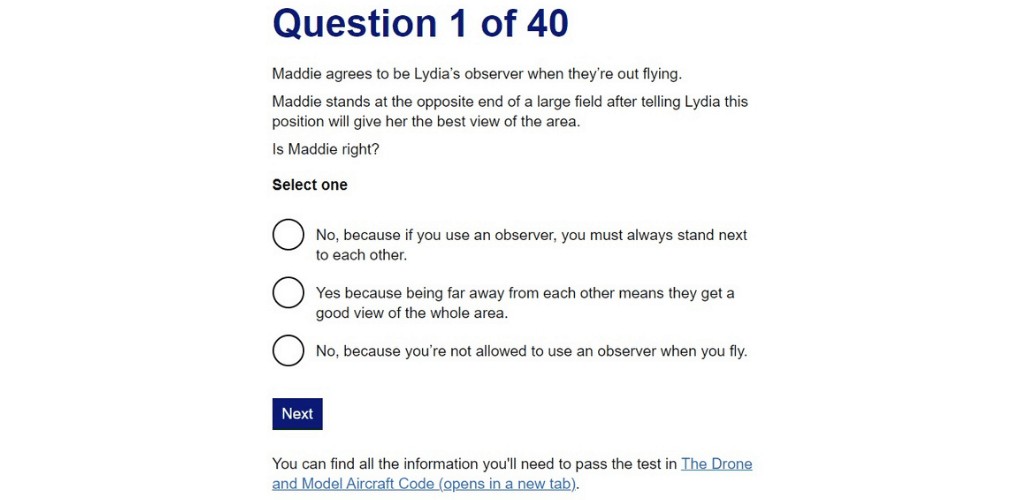
There are also questions on the new drone classes and operational requirements, as part of the new regulations starting in the UK and around Europe from December 31, 2020.
On the surface, the need to take a test is potentially too daunting or too time-consuming for the average hobbyist. Especially as the number of questions has increased.
But this multiple-choice exam, which puts safety at its heart, is not as arduous or complicated as one might fear!
As mentioned previously, there is no time limit to complete the exam - providing there is no inactivity for 90 minutes.
And for anyone who does get stuck or needs a helping hand, the quiz is made easier and more accessible by the fact that the Drone and Model Aircraft Code can be referred to throughout.
This helpful and easy-to-follow guide opens in a separate window and provides more than enough information to help. A snippet of this guide is pictured below.
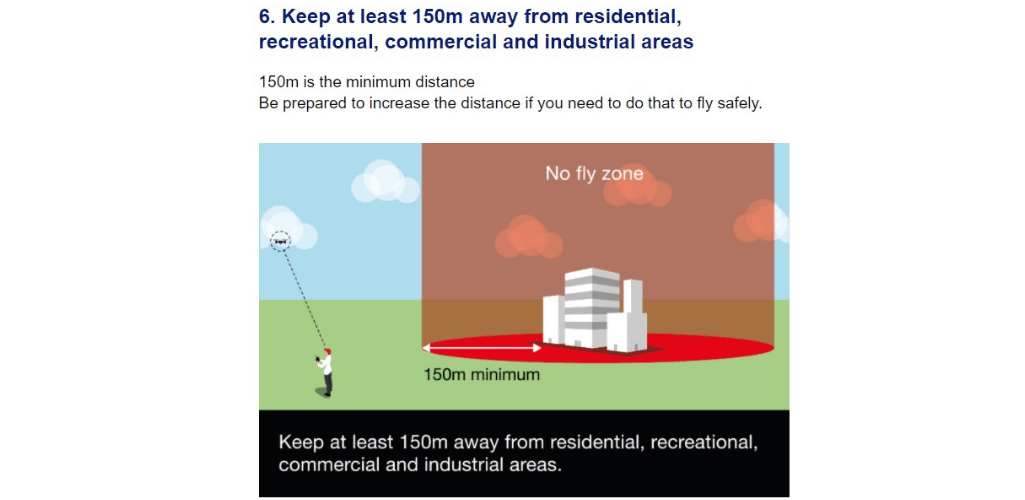
Passing - Or Failing - The Drone Test
Answer all the questions - submit the exam...and hopefully, pass first time!
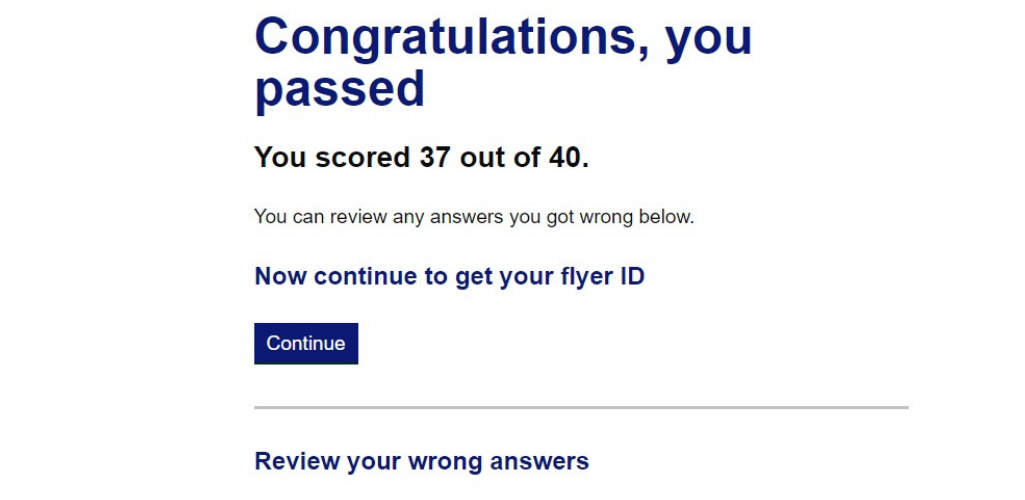
A successful test will result in obtaining the all-important Flyer ID, which is now valid for five years; extended from three.
The 'flyer' is the person who flies the drone, and the Flyer ID shows that the pilot has passed the test and can fly safely and legally.
Pilots should keep their Flyer ID on them and always be ready to show it, if needed.
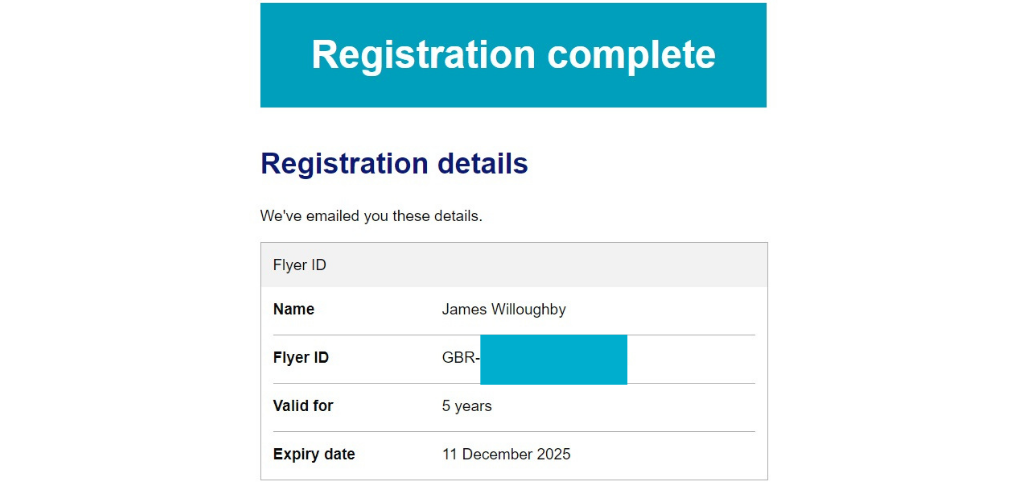
Anyone who does struggle with the questions and doesn't hit the magic 30 out of 40 pass mark can re-sit the test. Thankfully, the test can be taken as many times as it takes to pass.
Who Needs To Take The Test?
Essentially, most people who are flying a drone outside in the UK need to register and take the test to obtain a Flyer ID.

There are exceptions, though.
From the start of the new drone rules - which came into force on December 31, 2020 - those with the following do not need to register and take the test:
Below 250g - toy;
Below 250g not a toy - no camera.
From December 31, 2020, pilots of the DJI Mini series will need to register as an operator (see The Operator ID, below) - because they fall under the criteria of being below 250g, not being a toy, and having a camera. However, they are not required to obtain a Flyer ID - providing the flying weight stays below 250g. This means that they are not required to take the test, but it is recommended to help promote flight safety.
The Class system referred to above will come into force as part of the new drone regulations; when drones will be given a Class mark dependent on strict criteria, such as weight. Currently, no drones have this new Class mark criteria.
Do Children Need To Take The CAA Drone Test?
Children under 13 must pass the test to obtain a Flyer ID.
They must have their parent or guardian with them when they take the test to get a Flyer ID.
U18s cannot register for an Operator ID. If they require one, then their parent or guardian must get the Operator ID.
Do I Need To Take The Test Again?
Under the December 2020 changes to the DMARES system, the Flyer ID is valid for five years - having increased from three years.
This is great news!
Once a pilot's Flyer ID expires, they will need to re-do the test.
However, the majority of drone fliers who obtained a Flyer ID under the 20-question quiz will not need to re-do the 40-question exam until their current Flyer ID expires.
Transitional Arrangements Under New Drone Laws
Pilots Operating Under An OSC
According to CAP 722, remote pilots operating under OSC-based permissions or exemptions issued prior to December 31, 2020, should be aware of the following:
Remote pilots may continue to fly under the terms of the existing OSC based permission or exemption held by the UAS operator.
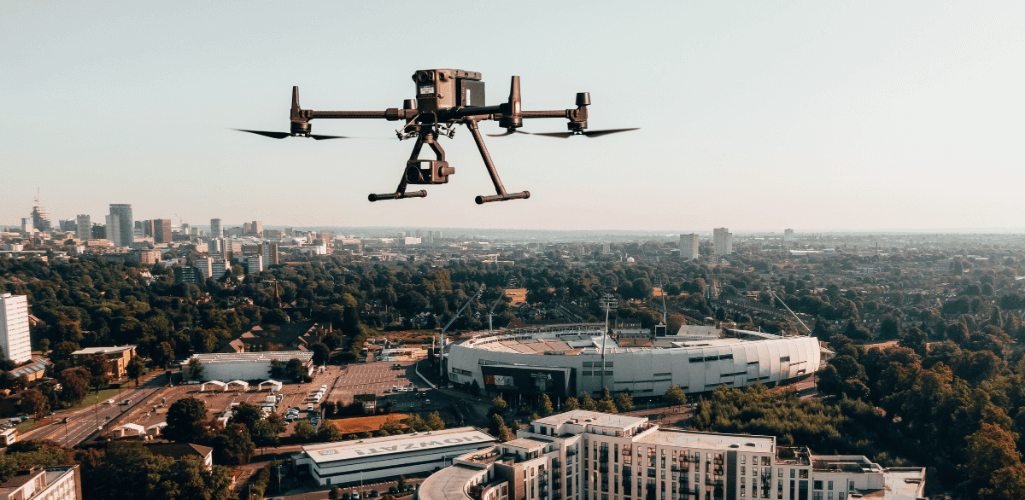
At the point when the OSC based permission or exemption is renewed, which must be on or before December 30, 2021, or when a new remote pilot joins the organisation (whichever is earlier), UAS operators must:
Review the remote pilot competence elements of their OSC;
Adjust the OSC as necessary to ensure the risks are appropriately mitigated;
Ensure that all remote pilots used to fly under their Operational Authorisation meet the required levels of competence;
Ensure that all remote pilots are in possession of a valid Flyer ID.
Pilots Operating Under A PfCO
According to CAP 722, remote pilots operating under standard permission/PfCO-based permissions that were first issued prior to December 31, 2020, should be aware of the following:
UAS operators are responsible for ensuring that all remote pilots flying under the terms of their permission are competent to do so, are kept in current flying practice and are kept fully aware of the applicable regulations.
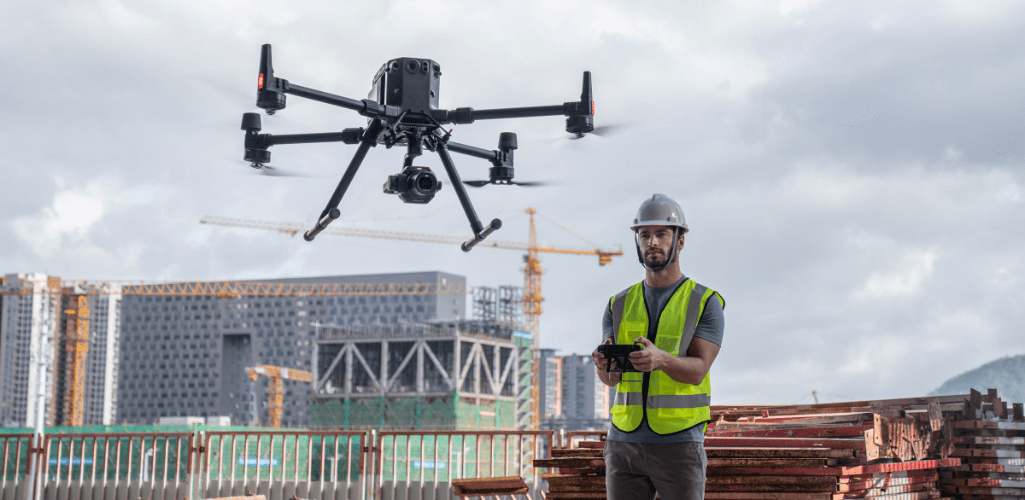
Until December 31, 2023, remote pilots may be used by the UAS operator if they:
Hold a GVC; or,
Hold an NQE ‘full recommendation’ obtained prior to December 31, 2020, and a valid Flyer ID, or;
Comply with one of the previously accepted Alternative Means of Compliance categories, are in possession of a valid Flyer ID, and can demonstrate currency within the past two years.
From January 1, 2024, onwards, all remote pilots must be in possession of a GVC.
The Operator ID
The Flyer ID is the first part of the UK Drone and Model Aircraft Registration and Education Service.
The second part is obtaining an Operator ID - although not everyone needs one.
In the case of the Operator ID, the operator is the person responsible for managing the drone (weighing between 250g and 20kg).
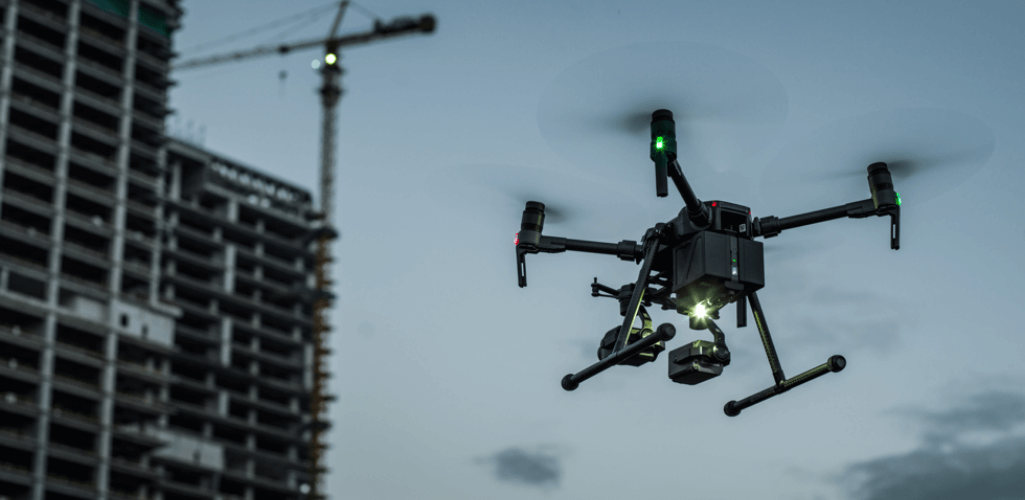
This means they’re responsible for things like maintaining it and making sure that anyone who flies it has a Flyer ID.
The operator must:
Make sure that only people with a valid Flyer ID use their drone or model aircraft;
Label their drones and model aircraft with their Operator ID.
The Operator ID costs £10 and is valid for a year.
Anyone who is responsible for a drone(s), but won't be flying, can register as an operator only.
Pilots who have an existing authorisation, permission or exemption from the Civil Aviation Authority and/or a flight permission from any other organisation, such as an airport, still need an Operator ID - where relevant.
Can Children Get A Drone Operator ID?
No, they can't.
Only people aged 18 and over can obtain an Operator ID.
Under 18s musk ask a parent or guardian to register for an Operator ID. The U18 can still fly, as long as they have a valid Flyer ID.
Registering As An Organisation
An organisation can register for an Operator ID if it’s responsible for drones.
Examples of organisations that may need to register include: businesses, schools, colleges, universities, voluntary organisations, clubs and charities.
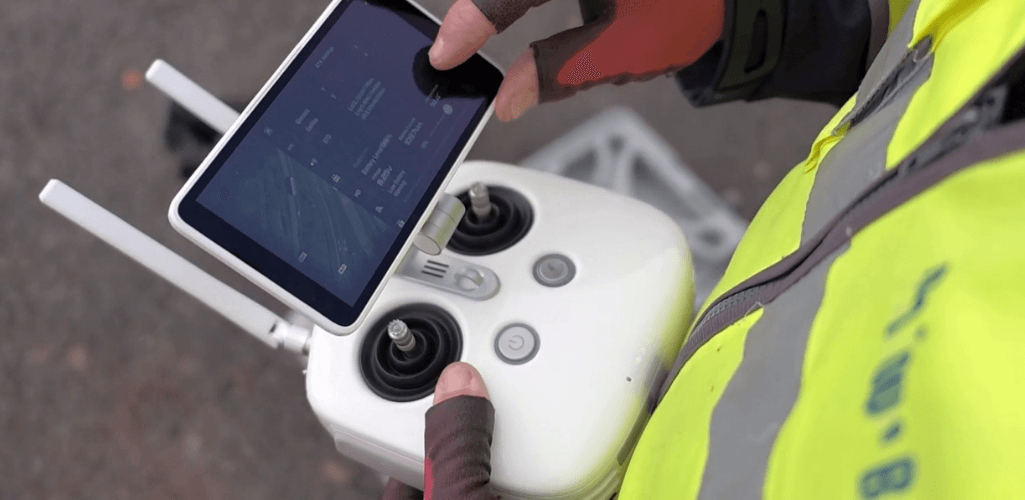
The person who registers must be authorised to be the accountable manager for drones within the organisation.
The accountable manager is responsible for ensuring that drones used within the organisation are flown legally and safely.
An Operator ID costs the same for an organisation as it does an individual, ie £10 for a year.
How To Label Your Drone
Having obtained an Operator ID, it is important that every drone you are responsible for is labelled with this identification.
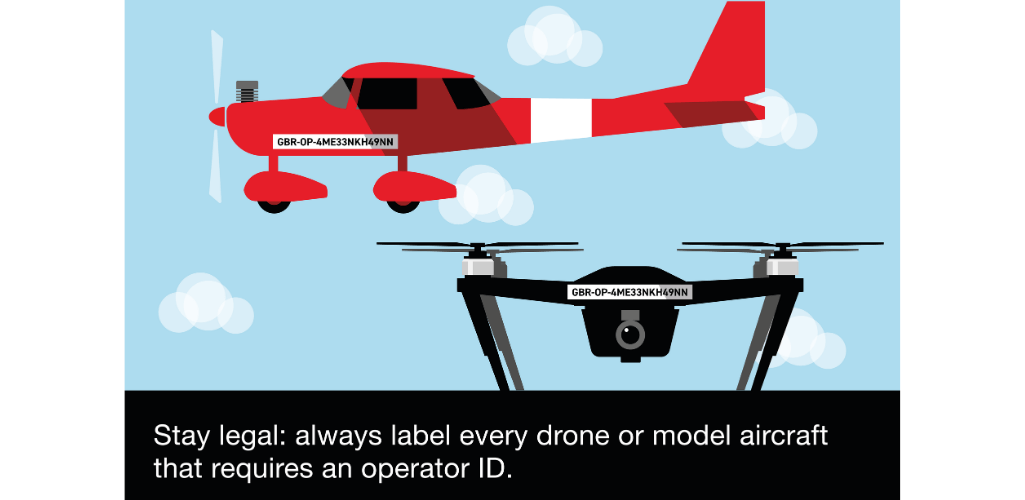
Use the same Operator ID for all of the drones.
The Operator ID must be:
Visible without needing a special tool to remove or open part of your aircraft;
Clear and in block capitals taller than 3mm;
Secure and safe from damage;
On the main body of the aircraft;
Easy to read when the aircraft is on the ground.
You should use a removable label as your Operator ID may change when you renew. You’ll need to remove your label if you’re no longer responsible for the drone or model aircraft.
What Happens If You Fly Without The Right Identification?
It is illegal to fly a drone without the required IDs.
Anyone who breaks the laws while flying could be fined, or in the most serious cases, be sent to prison.
Which DJI Drones Need To Be Registered In The UK?
Following the introduction of drone registration in the UK, the majority of DJI drones will need to be registered.
Click here to find out whether your DJI drone needs to be registered.
As well as registration, it is important to follow the rules of the DroneCode to ensure safe, legal, and fun flying.
